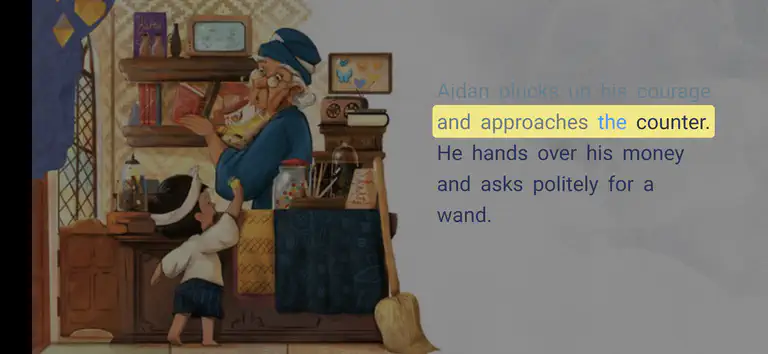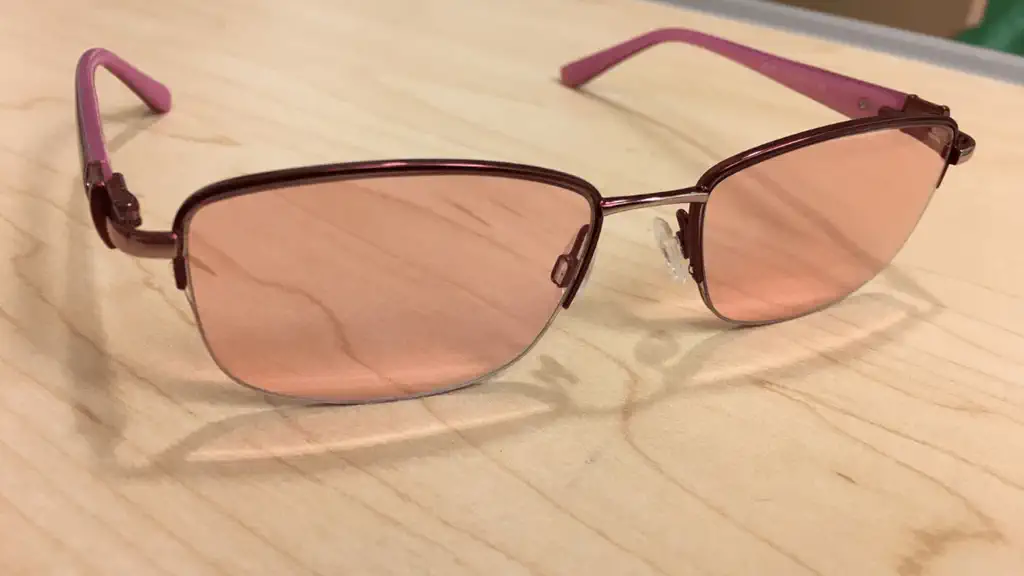I haven’t shared this yet, but I have Dyslexia (comorbid with ADHD and Dyscalculia). So when I was researching for this blog post, and I needed to read lots of closely arranged text, it is a challenge as I suffer from random eye movements.
It’s important to note that not everyone with random eye movement has dyslexia, and not everyone with dyslexia has random eye movements. But issues with eye tracking was one of the first symptoms identified in the cluster of symptoms we know as the learning disorder - Dyslexia. At one time, tinted glassed were thought to help this. They have never done anything for me.

How do eye movements and eye tracking issues affect reading?
As we first learn to read, we are taught that text proceeds from left to right and down a page. Individuals with random eye movements or tracking issues have difficulty with this process. When I read, my eyes will suddenly focus on another page, or further down a page. As soon as I realize I am no longer looking at the last word I read, I need to find my place again. For younger readers this can mean totally losing the train of thought that we call ‘reading context’. This in turn can read to problems with comprehension.
As an adult, I have learned a kind of shape memory for text in novel format. As I go down a page, I am memorizing what the shape of paragraphs look like, so when I lose my place I know where to go back to. But when I read technical information on paper, I prefer to keep my place with my finger. This is called finger tracking and it’s something encouraged in younger readers which is then somewhat frowned upon for older readers.
Research on finger-tracking in reading, including a study by Marzi et al. published in the Proceedings of the Italian Conference on Computational Linguistics, confirms that touching the text in sequence creates a kinesthetic connection to the page that focuses the eye and makes it easier for the reader to integrate all the various pieces. Essentially, it becomes impossible to not pay close attention to what one is reading; there is no way to keep one’s finger below the word being read unless one is looking directly at it.
But what about digital books in this technological age?
More and more books are available as ebooks and more and more learning is being done on screens. If you don’t want finger prints all over your computer screen, or you are working on a touch screen, how do you then track what you are reading?
I use the mouse cursor and float it under the text as I go (and I read under my breath quite a bit).
This isn’t always possible for young learners because;
- They can’t always guide a mouse smoothly
- a cursor isn’t always available on digital texts.
That’s why Bookbot uses a line by line tracking system as the child reads aloud.

As the voice recognition software picks up the child’s voice, it highlights the row the child is reading in yellow and the word just read is in blue (if correct) or orange (if the word is not recognised or skipped).
So there is no need for finger tracking, it’s all there on the screen.
What about other digital books?
Screens these days are quite smart. They can be dimmed or brightened to the users needs which can help with eye tracking.
Enlarging text does also help, as does scrolling to ensure a line is at the bottom of the screen as it is read.
Can eye movements be treated?
Consultant Opthalmic Surgeon, Saurabh Jain had this to say on his website;
Treatment of eye tracking disorders does not cure or treat the dyslexia – however eye movement exercises may be beneficial in helping your child overcome difficulties linked with eye tracking problems
So, in conclusion, allow and encourage older readers with eye tracking issues to finger track on paper. If they are self conscious about finger tracking, perhaps using a highlighter pen on every second line on a photocopied page would also work. They can also try some of the other methods I’ve mentioned which have worked very well for me.
links
Marzi et al. - Does Finger-Tracking Point to Child Reading Strategies?


